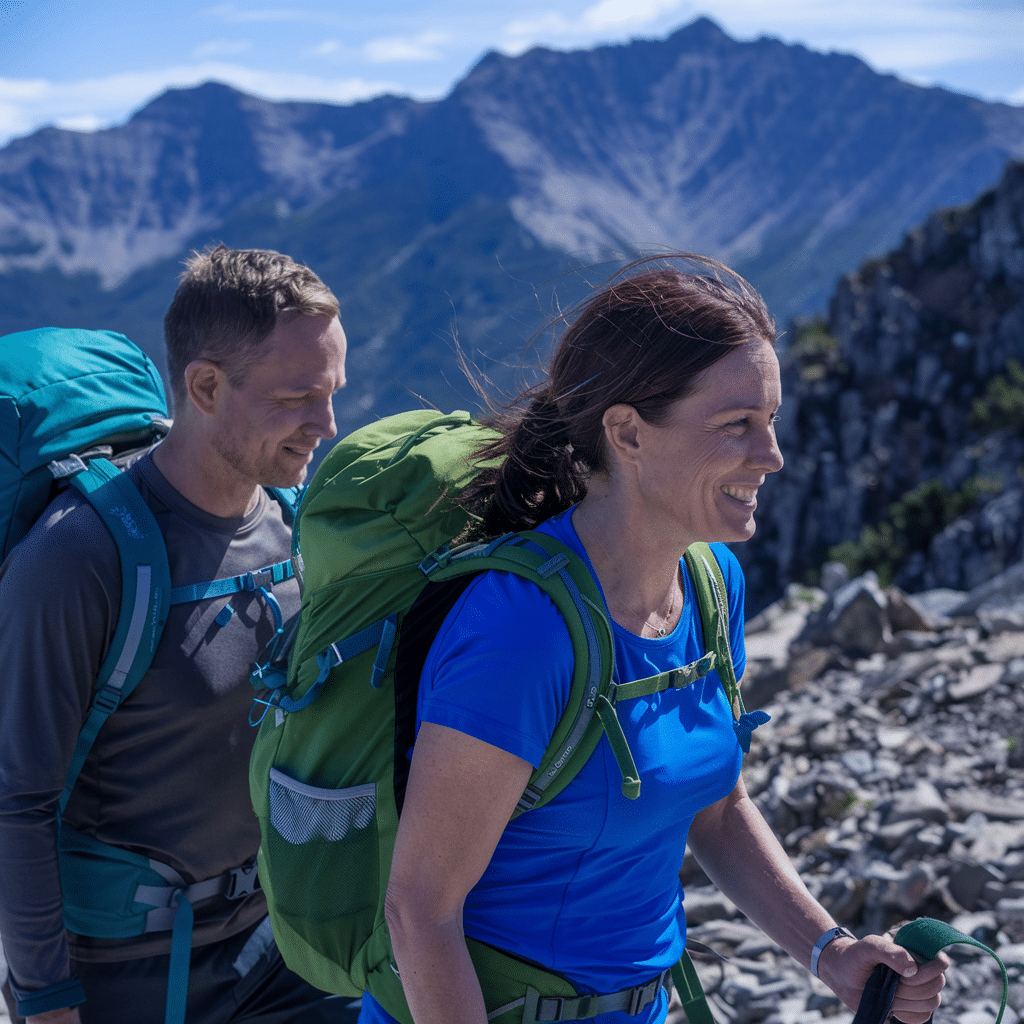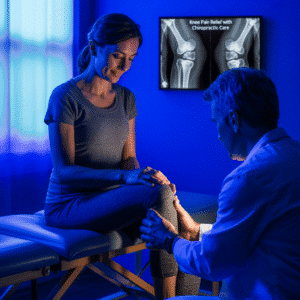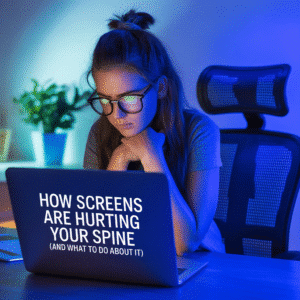Charlotte and I have just returned from a trip without the kids. Charlotte’s parents very kindly looked after them whilst we had a trip away. It was great to not have to worry about the little ones and have some daytime naps.

I’m very keen on reading, especially when we used to go on holiday. I would always try and read 2 books, however when you are with the kids it is all systems go and there is not much time to stop and read. This is not as bad thing, but this holiday was great to be able to tuck in to a couple of books.
You may remember I talked about The Comfort Crisis written by Michael Easter, well I read his second book, The Scarcity Brain whilst we were away. This was a level up from the first one and went it went much deeper in to the psychology behind how humans operate, it took some concentration to really understand it.
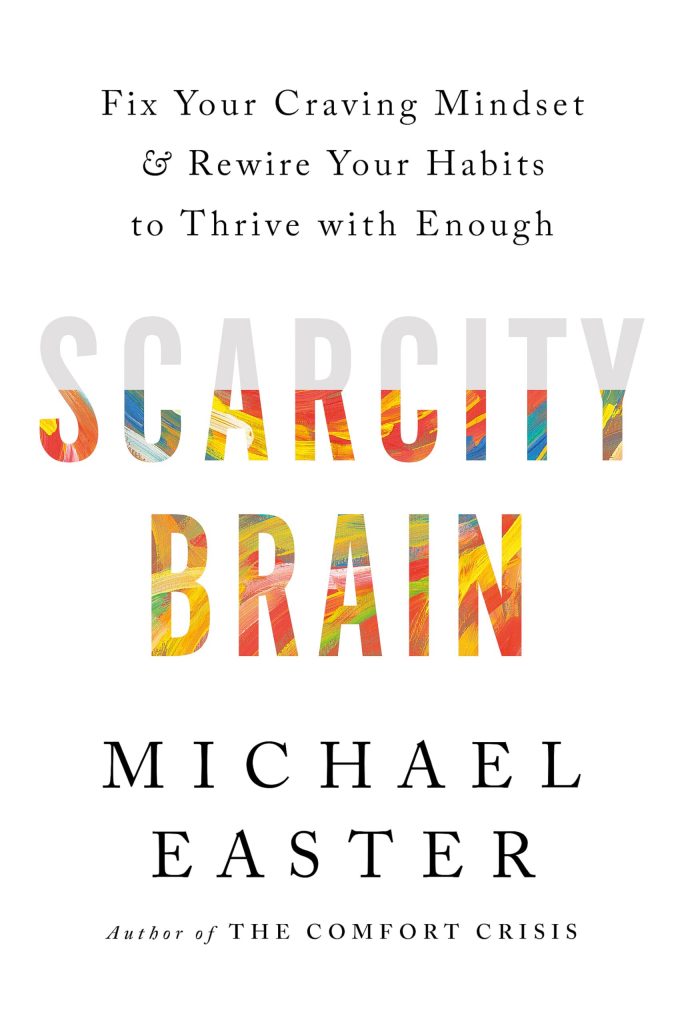
He speaks a lot about how our scarcity brain works in respect of our ancestors. We used to hunt food for days and we never knew when our next meal was coming, so when we did find food, we used to gorge and ensure we were full up.
This is because food was scarce, now we have more than ever with food, heat, convenience goods, social media to provide entertainment, but we still adopt this scarcity mindset. In the UK we are fortunate as most of us don’t need to worry about where our next meal is coming from.
Think about when you go to an all you can eat buffet, we pile the food on like there is going to be no food for the rest of the day. This isn’t good for us, and he talks about how you can break the scarcity loop with just enough. It is not about taking everything away, but he talks about the principle of just enough and finding the ‘sweet spot’.
The main topic I love in his books is what I want to share with you today and he has a whole chapter on Rucking. No, not the rucking you see in rugby games where 18 stone players stand over the ball and smash into each other.
Rucking is form of cardiovascular exercise that involves walking with a weighted backpack. It is coined from the military where soldiers train their fitness by doing long marches with weight in their backpacks. I think we call it a “yomp” or “tabbing” here in the UK. The weight needs to be a minimum of 5kg, but can go up to 50kg depending on the level of intensity you want.
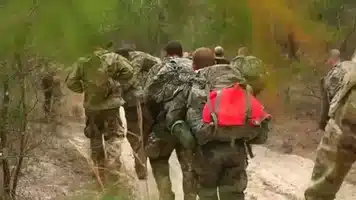
The great thing about rucking is that it provides a cardiovascular, whole-body workout and resistance training for your muscles with very little impact. Unlike running that puts a lot of force on your joints, rucking is low force and maintains your joints and you burn a shed load of calories whilst doing it.
They say that roughly 5 times your body weight goes through the knees when you run. If you weigh 80kg that is 400kg going through the knees when running. Alternatively with walking it is 1.5 times your body weight, so 120kg. With rucking that number only goes up to 1.8 times your body weight which would be around 144kg. (You can take a look at a rucking plate here).
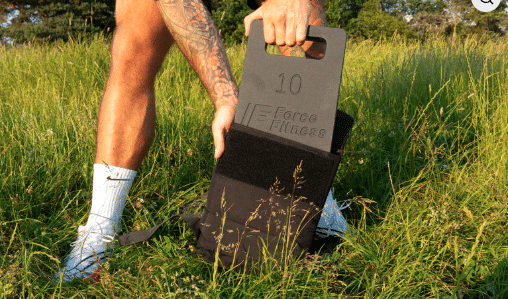
This is significant especially if you cannot run because of a bad knee or hip. Rucking can provide an all over body benefit with very little impact on the rest of your joints.
Why is “rucking” gaining popularity?
1. Muscle activation and strengthening-using a weight plate as little as 5kg in your backpack activates large muscle groups when you are walking. This weight which can range from 5kg to 50kg depending on how much you want to work the body and how experienced you are. The weight will cause the muscle cells to undergo hypertrophy, this is the growing of the muscle.
The big muscle groups like the glutes, quads, hamstrings, as well as the lats and trapezius muscles all benefit from carrying load in the pack.
This added strength helps to stabilise the core and joints and will help in day-to-day life as well. And we all know how much Chiropractors love a strong core.
2. Cardiovascular health-rucking increases the heart rate and because of the big muscle group recruitment they require oxygen, so this increases the VO2 max capacity of the body which makes the transfer of oxygen more efficient.
Walking with weight also increases the metabolic rate which means you can burn up to 50% more calories when carrying weight.
There was a story that Easter told in the book of one of the soldiers that used to ruck with 50kg on his back for 3 hours when they were training. He would get back, eat 1/3 of a jar of peanut butter, pour a bag of M&M’s in and eat the rest and still lose weight. I would not advise this, but these soldiers were burning up to 1000 calories per hour.
3. Bone density and joint health- bone adapts to the mechanical demands that are placed upon it, so therefore if you are carrying more weight the bone will adapt and stimulate osteoblasts to create more bone which makes them stronger.
I described the benefits on joint health above and the amount of load that is decreased when rucking as opposed to running. The slow movement of the joint when walking also stimulates more synovial fluid in our knees and hips which helps to lubricate the joint rather than the impact of running compressing the joint.
4. Mental health- walking has been found to improve serotonin and dopamine release in the brain. It is something to do with being in a flow state where you are not so physically exerted that you cannot think about anything else, but you can switch off from your thoughts and “zone out” when walking.
Rucking has also been shown to reduce cortisol levels and improve brain derived neurotrophic factor (BDNF) which can help with memory.
5. Core support-rucking has been shown to improve core stabilisation by carrying a load it helps to strengthen and activate the transversus abdominis and external oblique muscle that are big stabilisers of the trunk.
If these muscles are stronger this can also help prevent back pain.
If you are wanting to chat more about how you can integrate rucking into your lifestyle then why not book a call with me and we can go into more detail? Click here to book
Book a consultation with a Chiropractor here
If you do know someone who wants more advice, please send them our details. You can send them this assessment as well to diagnose their back pain. It is a great tool to understand where your back pain is coming from, it is free and takes 60 seconds. Click here for assessment
